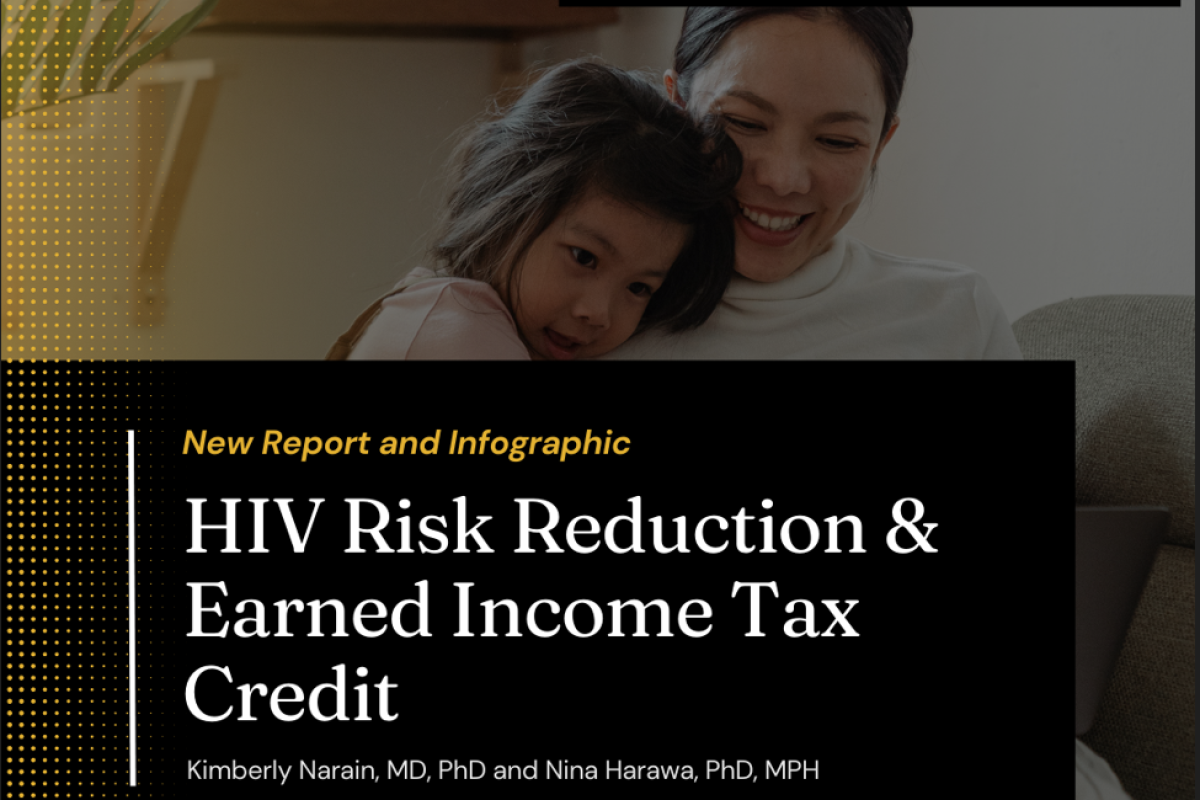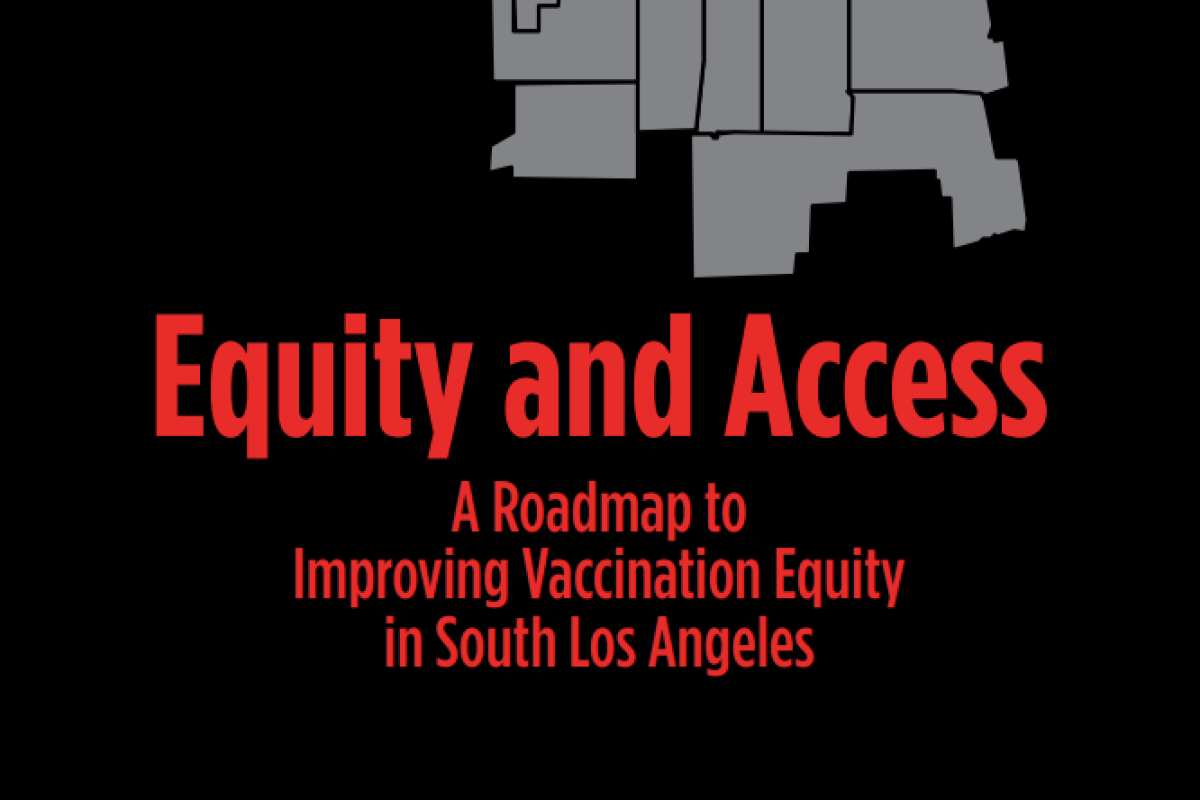This content originally appeared on the UCLA Health Newsroom website. View the full article here.
New UCLA-led research suggests certain gut bacteria — including one that is essential for a healthy gut microbiome – differ between people who go on to acquire HIV infection compared to those who have not become infected.
The findings, published in the peer-reviewed journal eBioMedicine, suggest that the gut microbiome could contribute to one’s risk for HIV infection, said study lead Dr. Jennifer Fulcher, assistant professor of medicine, division of infectious diseases, at the David Geffen School of Medicine at UCLA.
“This is an important area that needs further research to better understand if and how these bacteria could affect HIV transmission,” said Fulcher, who also has an appointment with VA Greater Los Angeles Healthcare System. “Microbiome-based therapies are becoming a hot area of research with great potential. With further research this could be a novel way to help in HIV prevention.”
It is known that there is link between chronic HIV and changes in gut bacteria, Fulcher said. The researchers wanted to get a better understanding of when following HIV infection these changes begin to take place.
To this end, they examined gut microbiome samples from 27 men who have sex with men that were collected both before and after they became infected. They then compared those samples with 28 men who were at similar behavioral risk for infection but did not have HIV.
The samples came from the UCLA-led Collaborating Consortium of Cohorts Producing NIDA Opportunities (C3PNO), a resource and data center for millions of pieces of research, lab samples, statistics and other data aimed at boosting investigations into the effects of substance abuse on HIV/AIDS.
The researchers found that during the first year there was very little change in the infected men’s gut bacteria. They found, however, that the men who acquired HIV had pre-existing differences in gut bacteria, even before they became infected, compared with their uninfected counterparts.
Specifically, these men had decreased levels of Bacteroides species, a type of bacteria prevalent in the lower intestinal tract that have important metabolic functions in maintaining a healthy gut environment, and increased levels Megasphaera elsdenii, whose role in the human gut is not yet known, compared with the uninfected at-risk controls. The researchers also found that prior to infection the men who acquired HIV had elevated inflammatory cytokines and bioactive lipids, both of which are associated with systemic inflammation, indicating that their bodies were constantly on the defense against infection or injury, compared to the matched controls.
Study limitations include the relatively small sample size, and the focus being on only young men who have sex with men, most of whom use drugs, which may reduce its generalizability to other populations.
Study co-authors in addition to Fulcher are Fan Li, Dr. Nicole Tobin, Sara Zabih, Julie Elliott, Dr. Jesse Clark, Steven Shoptaw, Pamina Gorbach, and Dr. Grace Aldrovandi of UCLA; Dr. Richard D’Aquila and Brian Mustanski of Northwestern University; and Michele Kipke of Children’s Hospital Los Angeles and USC.
The study was funded by the National Institute of Allergy and Infectious Diseases (K08 AI124979, P30 AI117943), National Institute on Drug Abuse (U01 DA036267, U01 DA036939, U01 DA036926, U24 DA044554), National Institute of Mental Health (P30 MH058107, R34 MH105272), the UCLA AIDS Institute, the UCLA Center for AIDS Research (NIAID AI028697), and the UCLA Pediatric AIDS Coalition.


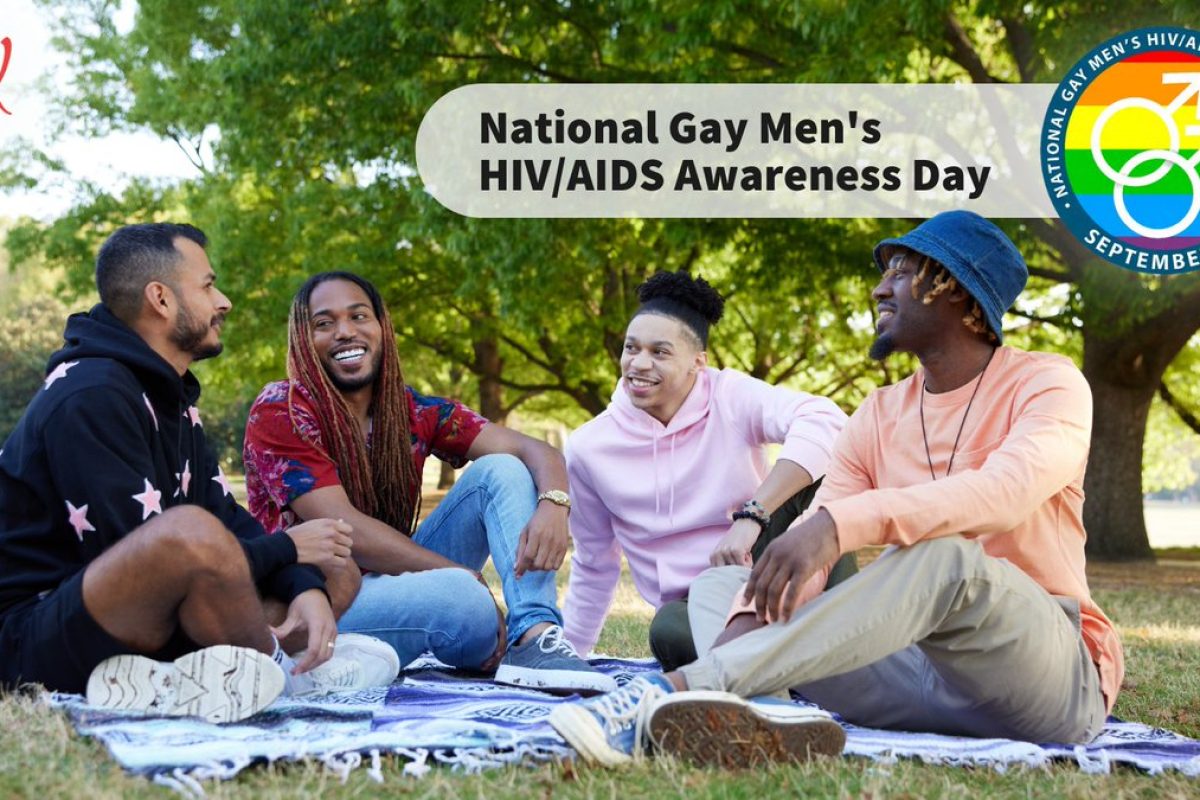

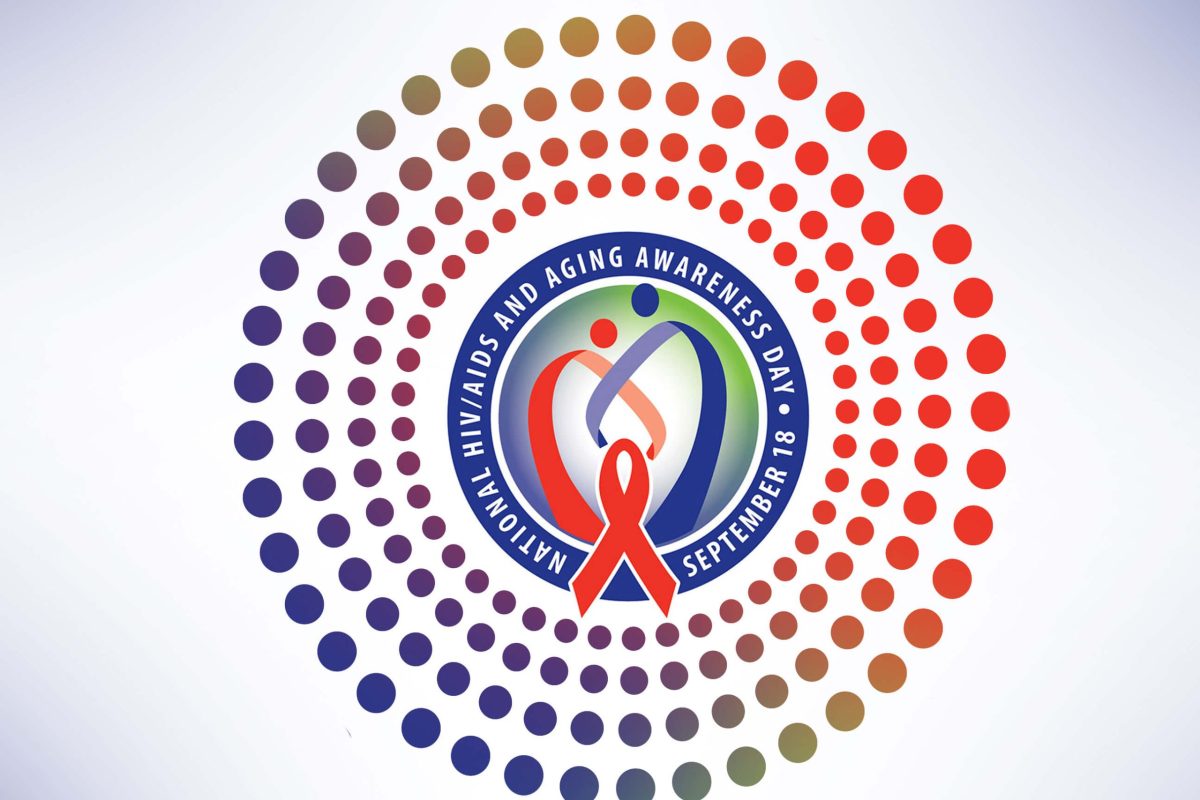
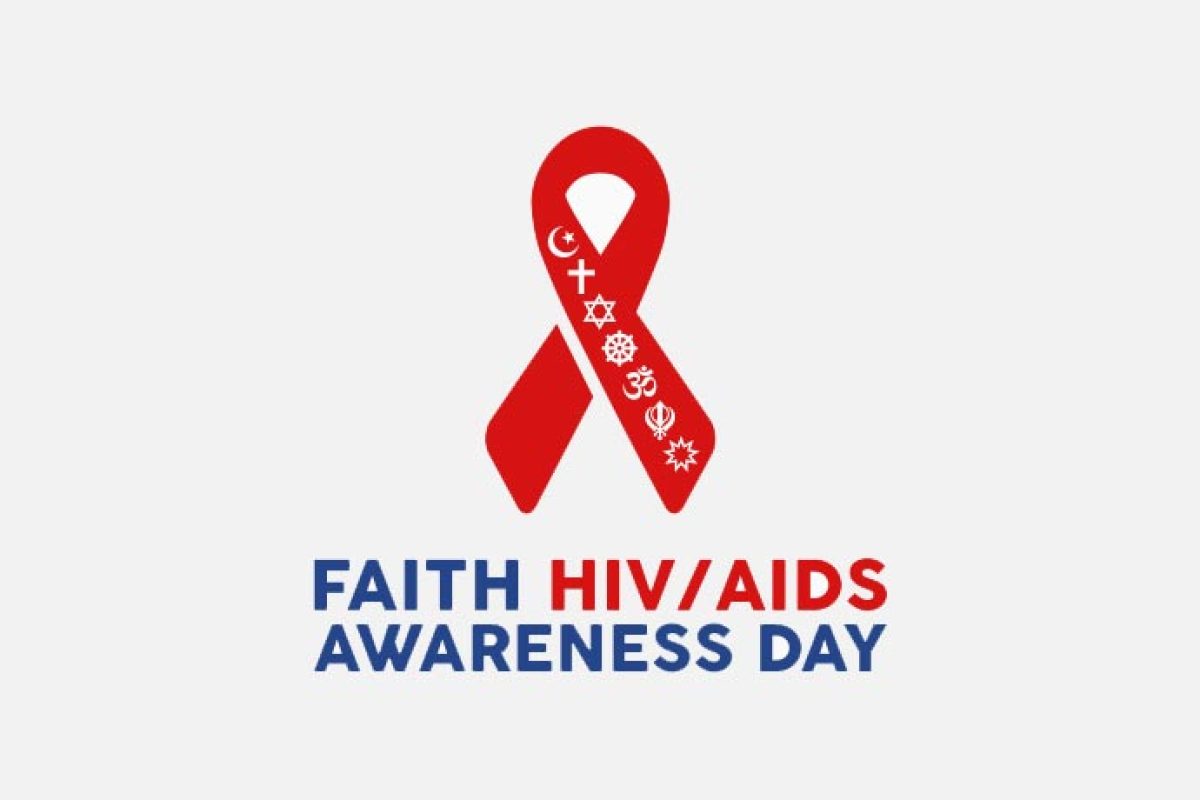







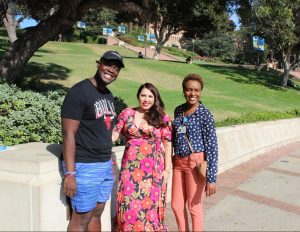 The “AIDS DIVA: The Legend of Connie Norman” film screening and advocacy panel was held on Thursday, June 30, 2022 at the UCLA Fowler Museum from 6 to 8pm. The community event was planned and organized by the UCLA CHIPTS Community Advisory Board in partnership with UCLA Family AIDS Network, REACH LA, and Northeast Valley Health Corporation. The film was selected because it gave a historical overview of AIDS Advocacy in Los Angeles County through the life story of Connie Norman, a leader of ACT-UP. The film aimed to motivate and encourage those in attendance to be ready to speak up about issues that improve prevention and treatment of HIV/AIDS as well as LGBTQ rights.
The “AIDS DIVA: The Legend of Connie Norman” film screening and advocacy panel was held on Thursday, June 30, 2022 at the UCLA Fowler Museum from 6 to 8pm. The community event was planned and organized by the UCLA CHIPTS Community Advisory Board in partnership with UCLA Family AIDS Network, REACH LA, and Northeast Valley Health Corporation. The film was selected because it gave a historical overview of AIDS Advocacy in Los Angeles County through the life story of Connie Norman, a leader of ACT-UP. The film aimed to motivate and encourage those in attendance to be ready to speak up about issues that improve prevention and treatment of HIV/AIDS as well as LGBTQ rights. The hosts were thrilled to host 60 attendees – community members, students, and representatives from AIDS service organizations such as the Black AIDS Institute, JWCH Institute, Bienestar, Watts Health Corporation and more, to be inspired by a powerful documentary that brought LGBT rights and HIV Advocacy to the forefront.
The hosts were thrilled to host 60 attendees – community members, students, and representatives from AIDS service organizations such as the Black AIDS Institute, JWCH Institute, Bienestar, Watts Health Corporation and more, to be inspired by a powerful documentary that brought LGBT rights and HIV Advocacy to the forefront.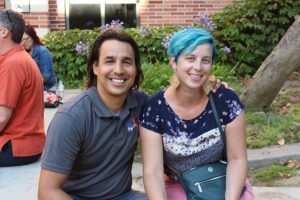 The event concluded with a reflective discussion session led by the film’s advocacy panel consisting of Dante Alencastre, award-winning documentary filmmaker and LGBT community activist, Rabbi Robyn Podolsky, Los Angeles Program Manager for At The Well organization, and Tony Newman, Interim Chief Executive Officer and President for the Black AIDS Institute. See panel members’ biographies below.
The event concluded with a reflective discussion session led by the film’s advocacy panel consisting of Dante Alencastre, award-winning documentary filmmaker and LGBT community activist, Rabbi Robyn Podolsky, Los Angeles Program Manager for At The Well organization, and Tony Newman, Interim Chief Executive Officer and President for the Black AIDS Institute. See panel members’ biographies below.